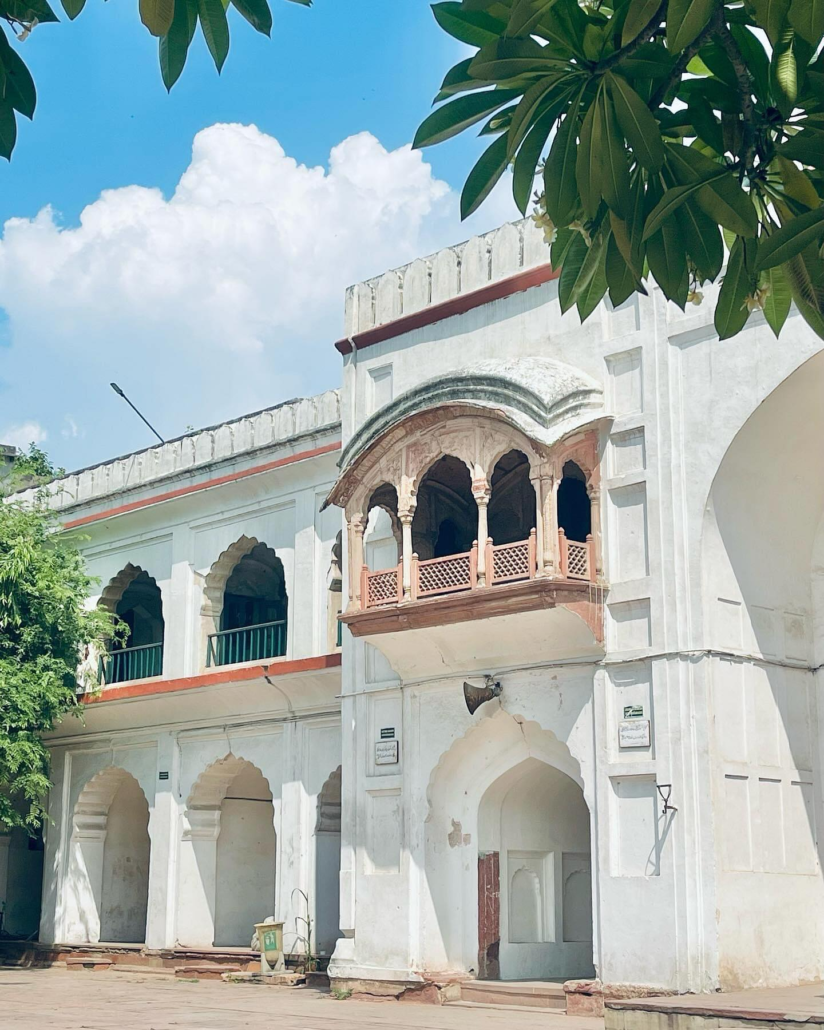Categories
Tags
2019 adi purana bhawna Building Bye Laws Building Regulation Building Services Commercial Cultural heritage Development Finance English Translation Forum Government Project Health Care Hospital Housing Illumination Indo-Islamic architecture Interior Interior Design Resources Ishtopadesh Jainism Jaipur JDA Khandelwal Jain Samaj Land use and Transport Planning Panchayat Samiti Planning Planning Legislations Professional Practice Project Planning and Management PPM Projects Puja PurusharthSiddhiUpay Renovation Residential Scheme Summary swadhyay Theory of Design urban development Management Urban Development Policies Urban Infrastructures & Network Vidhan Villas Ward
- FORUM
- PROJECTS
- ABOUT US
- RESOURCES
- CONTACT US
- FORUM
- PROJECTS
- ABOUT US
- RESOURCES
- CONTACT US
Part-1 Coping and Plinths
Plate -1 | Plate 2 | Plate 3 | Plate 4 | Plate 5 | Plate 6 | Plate 7 | Plate 8 | Plate 9 | Plate 10 | Plate 11 | Plate 12 | Plate 13 | Plate 14 | Plate 15
Plate 16 : Coping From the Throne in the Diwan-i-Am Fort and Madrasa Ghaziuddin Khan at Delhi.
The Throne in the Diwan-i-Am, Red Fort, Delhi
The Throne in the Diwan-i-Am in the Red Fort of Delhi was the place where the Emperor, every day about noon, was accustomed to give audience to all. The work is of the 17th century.
The throne in the Diwan-i-Am Fort at Delhi is a marble structure made for Shah Jahan. It’s located in the center of the eastern, back wall of the Diwan. The throne is carved with floral patterns and has a curved marble canopy decorated with pietra dura work.
The throne is on a high platform under a marble canopy, which is now covered with glass. In front of the throne is a low bench for ministers.
The wall behind the throne is decorated with Italian inlaid pietra dura panels depicting flowers, birds, and lions. The panels are said to have been executed by a Florentine jeweller.
The throne pavilion is referred to as Nashiman-i-Zil-i-Ilahi or “the seat of the shadow of God”. It’s an impressive piece of craftsmanship with its fluted pillars and curved Bengali roof.


Madrasa Ghaziuddin Khan , Ajmeri Gate , Old Delhi.
This Madrasa or College near the Ajmir gate was founded by Nawab Ghazi-ud-din, nephew of Nizam-ul- mulk. It is of red sandstone in a spacious quadrangle with a fountain-the mosque is inlaid with white marble-and was built at the beginning of the 18th century.

The complex was built by Ghaziuddin Khan as a center for Islamic teaching. The madarsa was closed down after the revolt of 1857, to re-open much later, in 1924. The Delhi College was renamed Zakir Hussain College in 1975. Today the buildings are mostly occupied by the Anglo Arabic Senior Secondary School, as the college moved to a new campus in 1986.

The double storeyed Madarsa complex surrounds the large courtyard from three sides and
includes the eastern, southern and northern wings.At the centre of each wing of madarsa is a
protruding double height iwan and layout of madarsa evokes the Persian iwan type
arrangement. Each iwan is flanked by a double storey crenellated structure embellished by multilobed arches on both floors . All the madarsa wings once had verandah around the courtyard,
which have now been converted into class rooms at various places.
Home page of Jeypore portfolio of architecture details
Part-1 Coping and Plinths
Plate -1 | Plate 2 | Plate 3 | Plate 4 | Plate 5 | Plate 6 | Plate 7 | Plate 8 | Plate 9 | Plate 10 | Plate 11 | Plate 12 | Plate 13 | Plate 14 | Plate 15 | Plate 17
This information is provided by the Front Desk Architects and Planners Forum (FDAPF) under Fair Use guidelines for educational and research purposes. To the best of our knowledge, it is in the public domain, and our goal is to make it more accessible for student of Architecture and Planning .
The materials used and displayed on the Sites, including text, photographs, graphics, illustrations and artwork, video, music and sound, and names, logos, IS Codes, are copyrighted items of respective owners. FDAPF is not responsible and liable for information shared above.
If you are the intellectual property owner and have concerns, please contact us, and we will address the matter promptly. Users are advised to verify legal use in their jurisdiction before accessing this material. For more details, visit our website.
2 Comments
[…] Plate 16 : Coping From the Throne in the Diwan-i-Am Fort and Madrasa Ghaziuddin Khan at Delhi. […]
[…] Plate -1 | Plate 2 | Plate 3 | Plate 4 | Plate 5 | Plate 6 | Plate 7 | Plate 8 | Plate 9 | Plate 10 | Plate 11 | Plate 12 | Plate 13 | Plate 14 | Plate 15 | Plate 16 […]